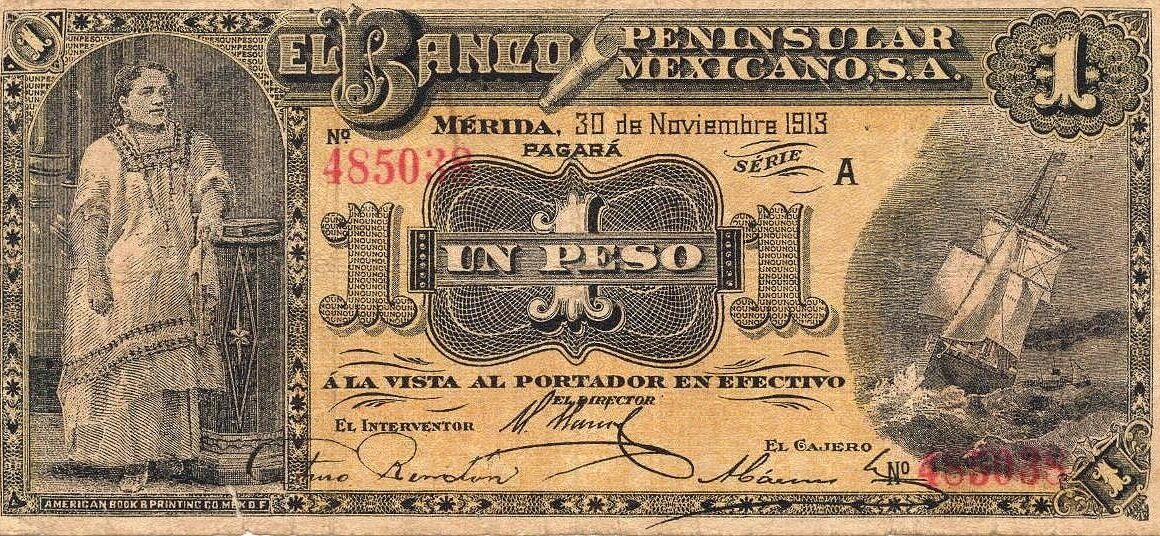Budgeting. The word itself can evoke feelings of restriction and sacrifice. But what if we reframed it? Instead of seeing a budget as a limitation, think of it as a roadmap, a powerful tool that empowers you to reach your financial goals, whether that’s buying a house, paying off debt, or simply enjoying more financial security. This guide will provide you with actionable budgeting tips to take control of your finances and build a brighter future.
Understanding Your Current Financial Situation
Before you can create a successful budget, you need a clear picture of your current financial standing. This involves tracking your income and expenses meticulously.
Tracking Your Income
The first step is to identify all sources of income. This might seem obvious, but it’s important to be thorough.
- Salary/Wages: Your primary source of income. Calculate your net income (after taxes and deductions).
- Side Hustles: Income from freelance work, part-time jobs, or other entrepreneurial ventures.
- Investments: Dividends, interest, or capital gains from investments.
- Other Sources: Rental income, alimony, or government benefits.
Use a spreadsheet, budgeting app, or even a simple notebook to record all your income sources and amounts on a monthly basis. This creates a baseline for understanding how much money you have to work with.
Tracking Your Expenses
This is where many people stumble. It’s crucial to meticulously track where your money goes.
- Fixed Expenses: These are expenses that remain relatively consistent each month, such as rent/mortgage, loan payments, and insurance premiums.
Example: Your rent is $1500 per month, your car payment is $300 per month.
- Variable Expenses: These expenses fluctuate from month to month, such as groceries, utilities, entertainment, and dining out.
Example: One month your electricity bill might be $100, the next month it could be $150 due to seasonal changes.
- Infrequent Expenses: These are expenses that occur less frequently, such as annual subscriptions, car maintenance, or holiday gifts. Allocate funds for these expenses each month to avoid surprises.
Example: If your car insurance is $600 per year, set aside $50 each month to cover it.
There are several ways to track your expenses:
- Budgeting Apps: Apps like Mint, YNAB (You Need A Budget), and Personal Capital automatically track your transactions and categorize your spending.
- Spreadsheets: Create your own spreadsheet to track income and expenses. This offers more customization but requires more manual effort.
- Notebook: A simple notebook can be used to manually record every purchase.
According to a recent study by the Bureau of Labor Statistics, the average American household spends approximately $6,303 per month. Understanding your own spending habits in comparison to averages can be insightful.
Creating Your Budget: The Building Blocks
Once you have a clear understanding of your income and expenses, you can start creating your budget. Several budgeting methods can help you achieve your financial goals.
The 50/30/20 Rule
This is a simple and popular budgeting method. It allocates your after-tax income as follows:
- 50% for Needs: Essentials such as housing, transportation, food, and utilities.
- 30% for Wants: Discretionary spending such as entertainment, dining out, and hobbies.
- 20% for Savings and Debt Repayment: Saving for retirement, emergency funds, and paying down debt.
- Example: If your net monthly income is $4,000, you would allocate $2,000 for needs, $1,200 for wants, and $800 for savings and debt repayment.
Zero-Based Budgeting
This method requires you to allocate every dollar of your income to a specific category, ensuring that your income minus your expenses equals zero.
- How it Works: Start with your income, then subtract your expenses, including savings and debt repayment. Continue adjusting until your income minus expenses equals zero.
- Example: If your income is $3,000, you might allocate $1,200 for rent, $400 for groceries, $200 for transportation, $300 for savings, and $900 for other expenses.
Envelope Budgeting
This method involves allocating cash to different expense categories and placing the money in physical envelopes. Once the money in an envelope is gone, you can’t spend any more in that category.
- Pros: Encourages mindful spending and helps you stay within budget.
- Cons: Can be inconvenient and risky to carry large amounts of cash.
- Example: You might have envelopes for groceries, entertainment, and clothing.
Choosing the Right Method
The best budgeting method depends on your personal preferences and financial goals. Experiment with different methods to find one that works for you. Consider factors such as your income stability, debt levels, and spending habits.
Tips for Sticking to Your Budget
Creating a budget is one thing, sticking to it is another. Here are some tips to help you stay on track:
Set Realistic Goals
Don’t try to cut too much spending too quickly. Start with small, achievable goals and gradually increase your savings rate over time.
- Example: Instead of trying to save $500 per month immediately, start with $200 and gradually increase it as you become more comfortable with your budget.
Automate Your Savings
Set up automatic transfers from your checking account to your savings account or investment account each month. This ensures that you save consistently without having to think about it.
- Benefit: Eliminates the temptation to spend the money.
- Example: Schedule a transfer of $100 from your checking account to your savings account on the 1st of each month.
Track Your Progress Regularly
Review your budget and spending habits regularly to identify areas where you can improve.
- Frequency: Aim to review your budget at least once a week.
- Tools: Use budgeting apps or spreadsheets to track your progress and identify trends.
Find Ways to Reduce Expenses
Look for ways to cut back on unnecessary expenses. This could involve negotiating lower rates on your bills, canceling unused subscriptions, or finding cheaper alternatives for products and services.
- Example: Negotiate a lower rate with your internet provider, cancel unused streaming services, or switch to a cheaper grocery store.
Create a Buffer
Build a small buffer into your budget to account for unexpected expenses. This can help you avoid going into debt when unexpected costs arise.
- Example: If your monthly expenses are $3,000, aim to have a buffer of $200-$300.
Overcoming Common Budgeting Challenges
Budgeting isn’t always easy. You’ll inevitably encounter challenges along the way. Here’s how to navigate them:
Dealing with Unexpected Expenses
Life throws curveballs. A sudden car repair, medical bill, or home repair can derail your budget.
- Solution: Have an emergency fund to cover unexpected expenses.
- Tip: Aim to save 3-6 months’ worth of living expenses in your emergency fund.
Avoiding Lifestyle Creep
As your income increases, it’s easy to fall into the trap of lifestyle creep, where your spending increases in proportion to your income.
- Solution: Be mindful of your spending habits and avoid upgrading your lifestyle too quickly.
- Tip: Continue living below your means, even as your income grows.
Staying Motivated
Budgeting can be challenging, especially when you don’t see immediate results.
- Solution: Celebrate small victories and reward yourself for reaching your financial goals.
- Tip: Break down your goals into smaller, more manageable steps.
Partnering with a Financial Advisor
If you’re struggling to create or stick to a budget, consider seeking guidance from a financial advisor. A financial advisor can help you assess your financial situation, set realistic goals, and develop a personalized budgeting plan. They can also provide ongoing support and accountability.
Conclusion
Budgeting isn’t about deprivation; it’s about empowerment. By understanding your income and expenses, creating a realistic budget, and sticking to it consistently, you can take control of your finances and achieve your financial goals. Remember to be patient with yourself, celebrate your progress, and don’t be afraid to seek help when needed. With the right mindset and tools, you can build a secure and prosperous financial future.




